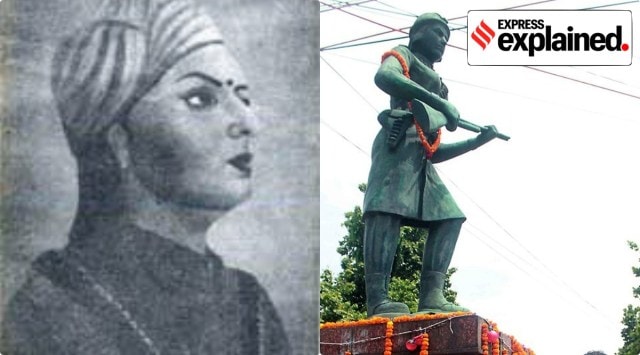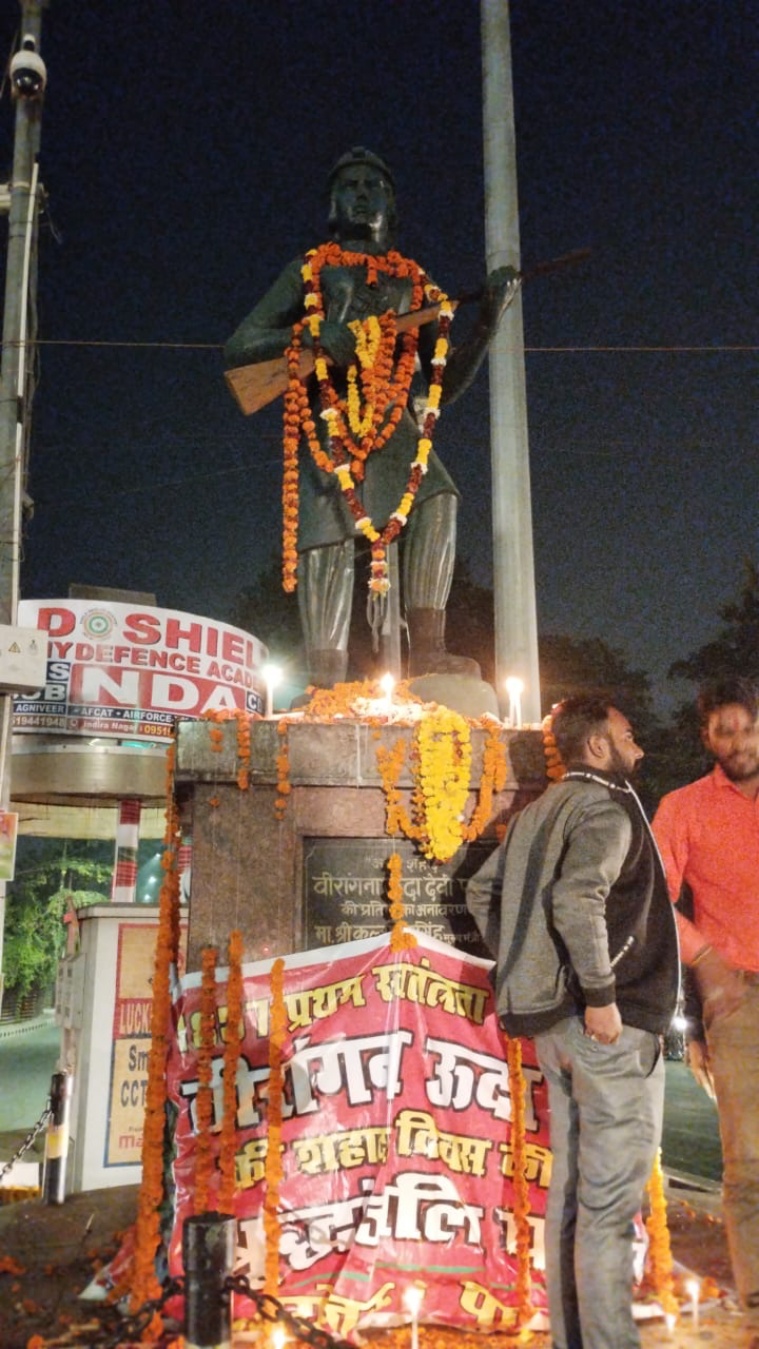Death anniversary of Uda Devi: Who was this Dalit freedom fighter
Uda Devi was part of the royal guard of Begum Hazrat Mahal of Awadh. Here is her story.
 Uda Devi is remembered not only for her stories of valour but also for her skill as a leader who managed to mobilise people — specially Dalit women — to take up arms against the British. (Source: Wikimedia commons)
Uda Devi is remembered not only for her stories of valour but also for her skill as a leader who managed to mobilise people — specially Dalit women — to take up arms against the British. (Source: Wikimedia commons)On November 16, events to commemorate the martyrdom of Uda Devi, a freedom fighter from the Pasi community, were held at various places in Uttar Pradesh, including Sikandar Bagh in Lucknow. Dalit men and women from UP as well as Madhya Pradesh, Bengal, and Bihar gathered to pay homage to Uda Devi.
Who was Uda Devi
Uda Devi is remembered not only for her stories of valour but also for her skill as a leader who managed to mobilise people — specially Dalit women — to take up arms against the British. Born in Ujirao, Lucknow, she was part of the royal guard of Begum Hazrat Mahal of Awadh. Her husband, Makka Pasi, worked as a foot soldier in the army of Awadh’s Nawab, Wajid Ali Shah.
Hazrat Mahal’s palace had several women belonging to marginalised communities, and their occupation was mostly to take care of the needs of the royalty. Some of them, who showed promise, were also trained as warriors. Uda Devi was one of them.
Amid the revolt of 1857, on June 10, at Chinhat near Ismailganj, a battle was fought between the army of Lucknow and the British troops led by Henry Lawrence, in which Makka Pasi lost his life. The death of her husband spurred Uda Devi on to take up a more active role in the mutiny.
 An event to commemorate Uda Devi was held at Sikandar Bagh, Lucknow, on Wednesday. (Photo: Aditi Narayani Paswan)
An event to commemorate Uda Devi was held at Sikandar Bagh, Lucknow, on Wednesday. (Photo: Aditi Narayani Paswan)
On November 16, 1857, Uda Devi was among the soldiers who clashed with the British regiment stationed near the Gomti River. Although not much of the fight has been documented in history, it is said that Uda Devi killed at least three dozen British soldiers from atop a tree before she could be spotted.
British commander Campbell and W Gordon-Alexander were left in surprise when their soldiers were picked off one by one but no shooter could be located. After a while, they realised that the bullets were coming from a big Peepal tree, which was a spot for relaxation and shelter for the British troops.
“The peepal tree in Sikandar Bagh was a perfect shade for the British troops. They would rest under it after long hours of war in the heat. Uda Devi Pasi, a Dalit woman, climbed the tree that provided shelter from the sun to the British Sepoys and killed 36 of them,” Badri Narayan, professor, Govind Ballabh Pant Social Science Institute in Allahabad, has written in his book, Women Heroes and Dalit Assertion in North India: Culture, Identity and Politics: 5 (Cultural Subordination and the Dalit Challenge).
A battalion shot this mysterious killer down and she landed on the ground, covered in blood. It was only when her helmet was removed that people realised that a woman was responsible for the killings.
In the account of William Forbes-Mitchell in Reminiscences of the Great Mutiny, 1857-59, it is written: “She was armed with a pair of heavy old-pattern cavalry pistols, one of which was in her belt still loaded, and her pouch was still about half full of ammunition, while from her perch in the tree, which had been carefully prepared before the attack, she had killed more than half-a-dozen men.”
Even British officials bowed in respect to Uda Devi, as mentioned in Crispin Bates and Marina Carter (edited), Mutiny at the Margins: New Perspectives on the Indian Uprising of 1857, Vol 7.
Today, a statute of her exists in Sikandar Bagh, Lucknow.
- 01
- 02
- 03
- 04
- 05





































